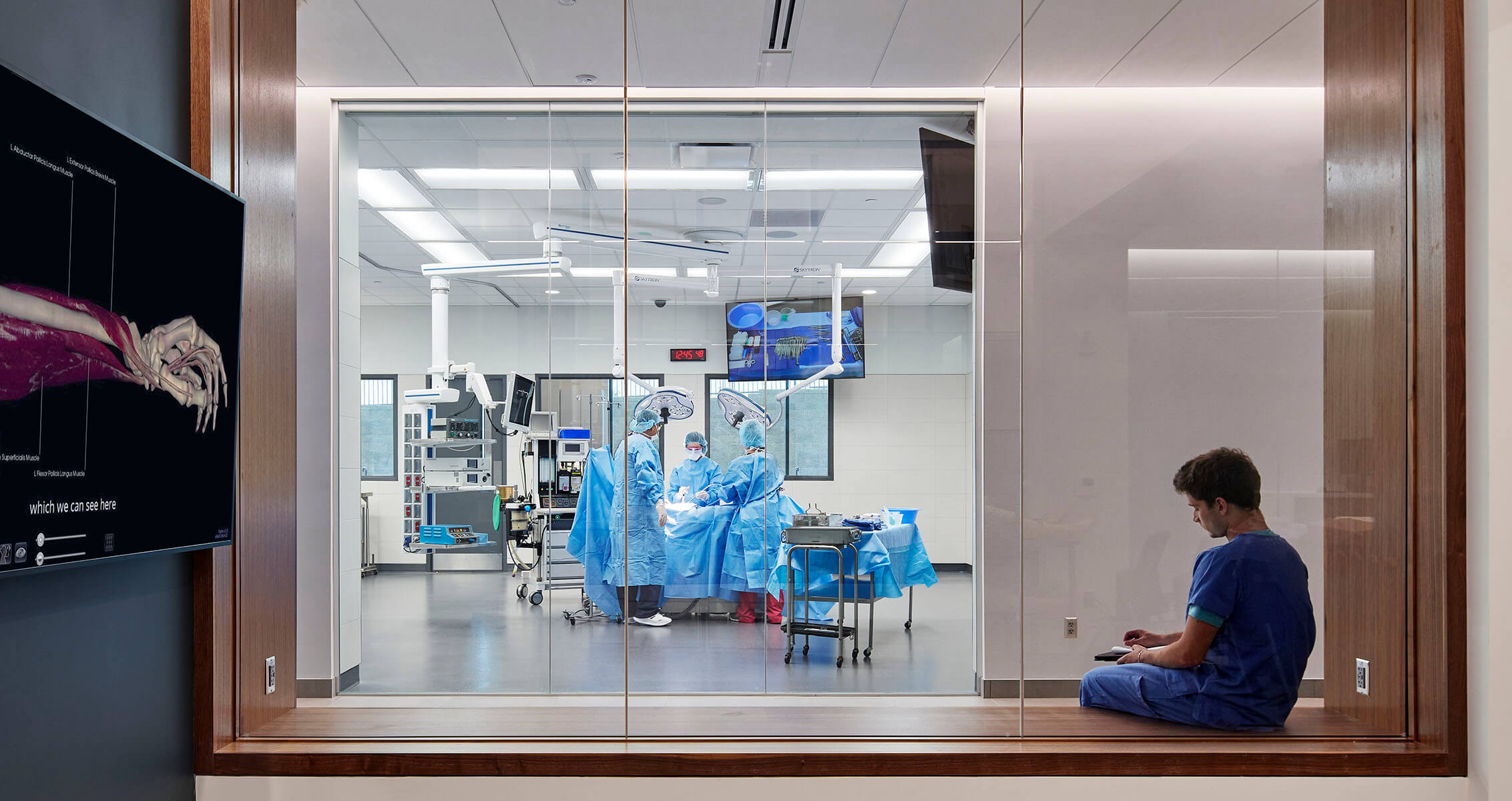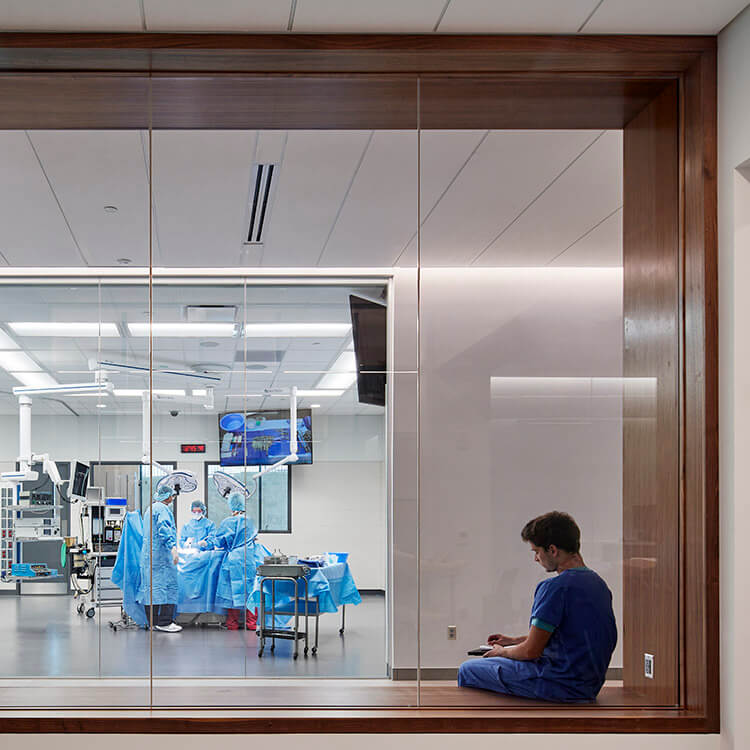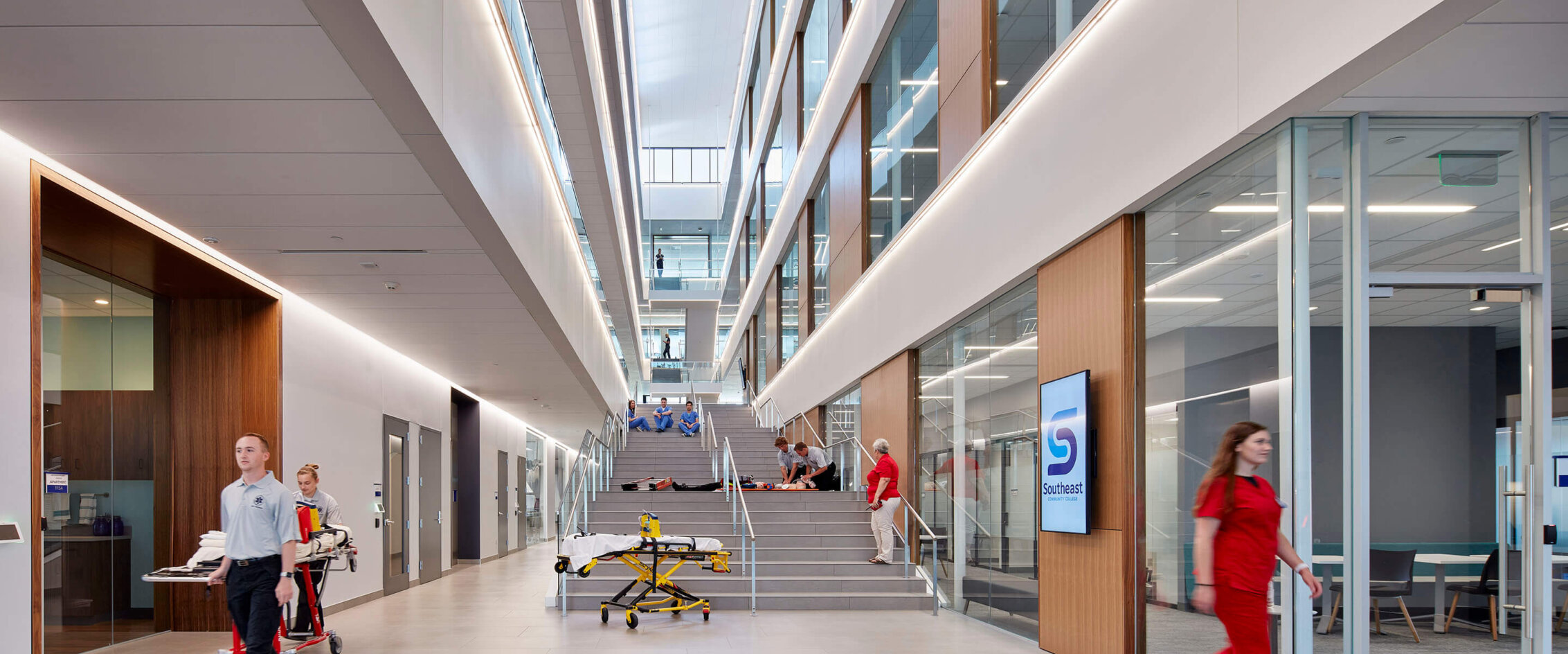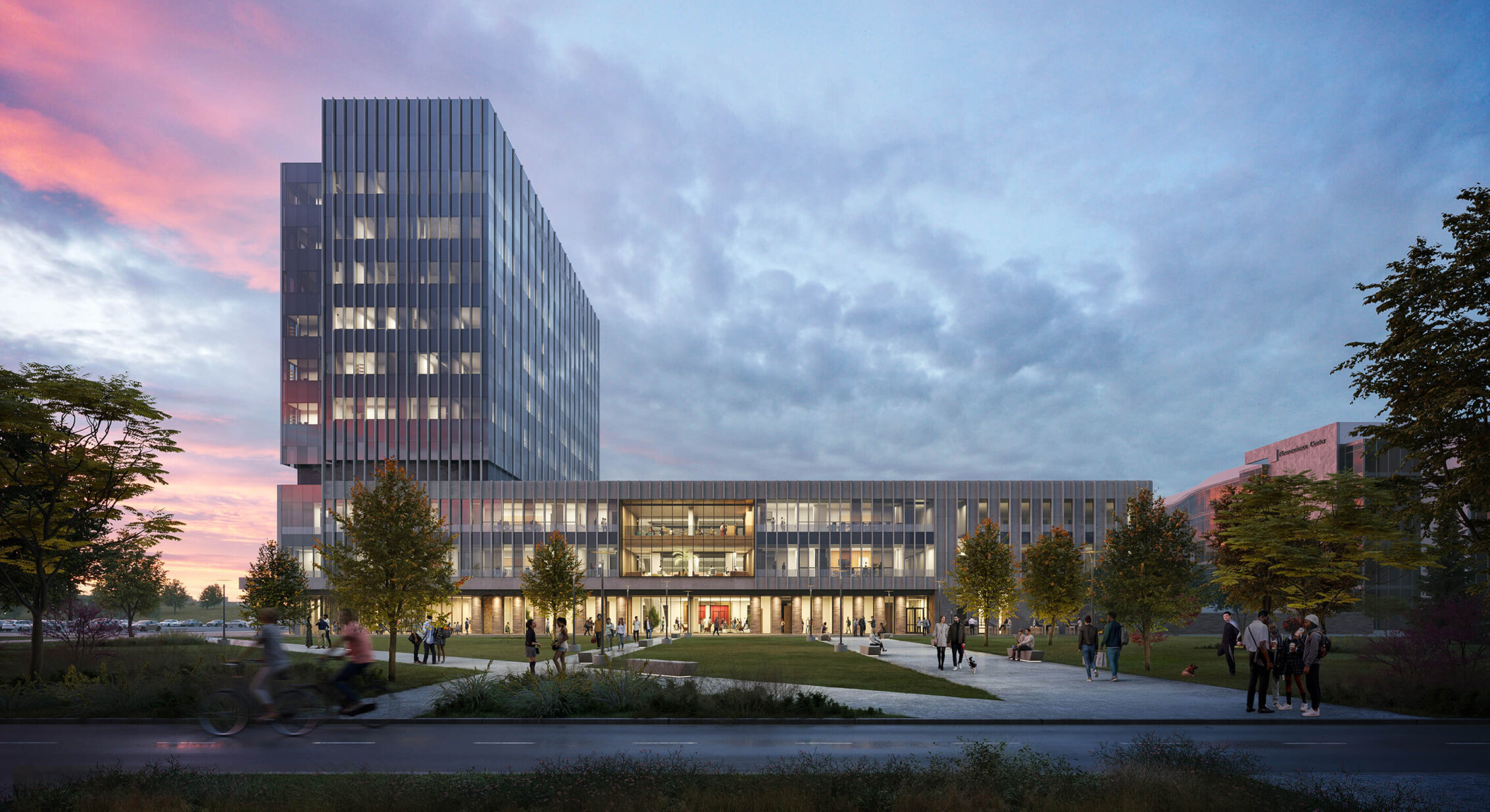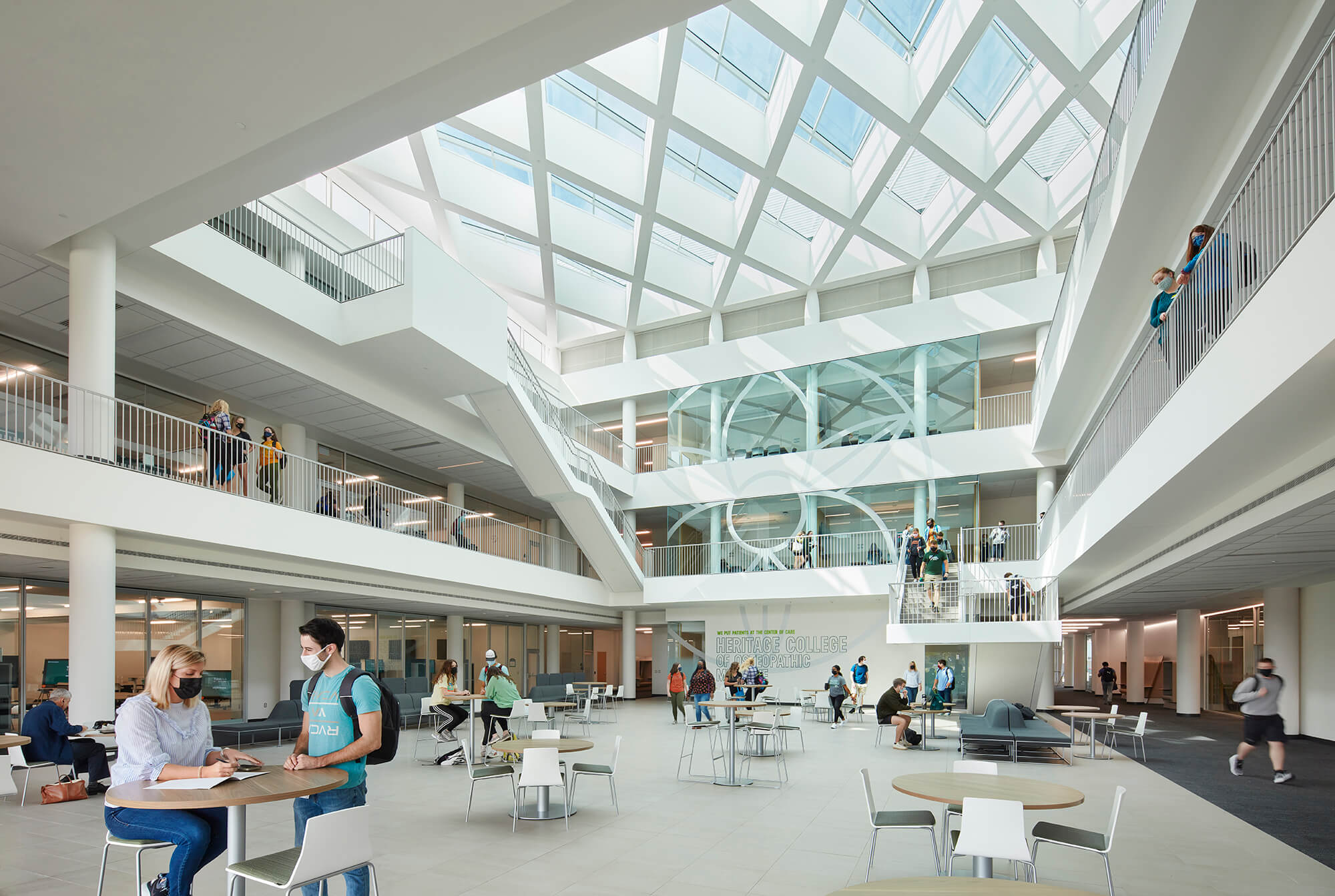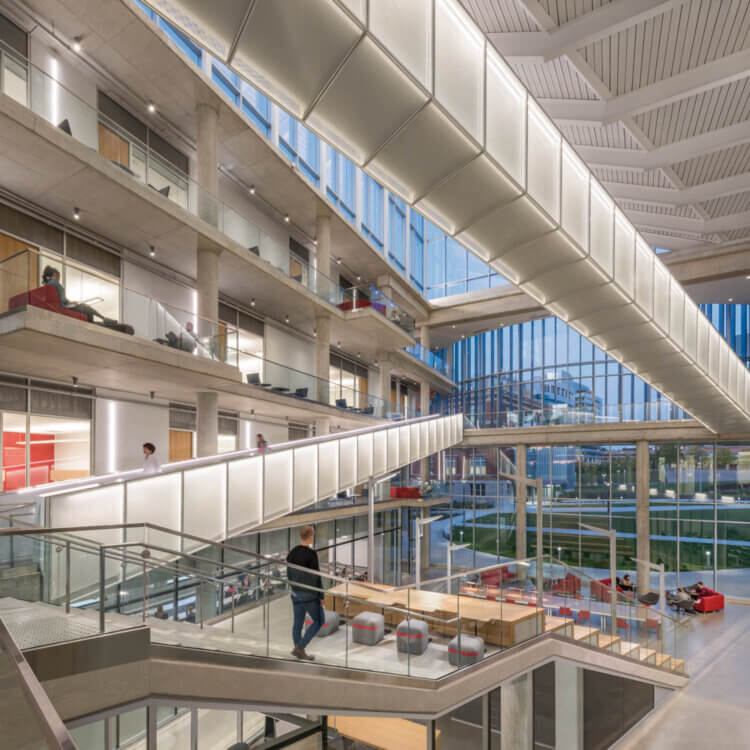2. Rally around common goals
“With any big project, there are people who will agree and disagree,” says Paul Wallach, executive associate dean for educational affairs and institutional improvement at Indiana University’s medical school. “I think it’s helpful to manage that by staying focused on the goal. Sometimes I needed to ask everyone to step back and say, ‘We’re all here together in this meeting. We all agree that we want the best building to serve this crucial purpose. There are things we’ll be able to do and some things that we won’t.’ Most people got it really fast.”
He also stressed the need to acknowledge that change is difficult. “Everybody has at least some issue with changing, so you have to start by expressing why you want to change and understanding why others are reluctant,” he says. “Listen carefully because no one has the monopoly on being right. When you listen to a discussion, you may find that your idea isn’t the best, and you need to be open to that. But also be bold and brave and willing to move forward and do new things.”
Johnson agrees. “When people can understand the purpose behind what we’re trying to do, it helps them on the vision side,” he says. “We kept reminding them that we need this building to offer these experiences to our students, to elevate the medical school and Ohio University, to help patients and the community. When people start understanding that deeper burning why, then they see that we aren’t just building a building. They see what it will help us accomplish.”
